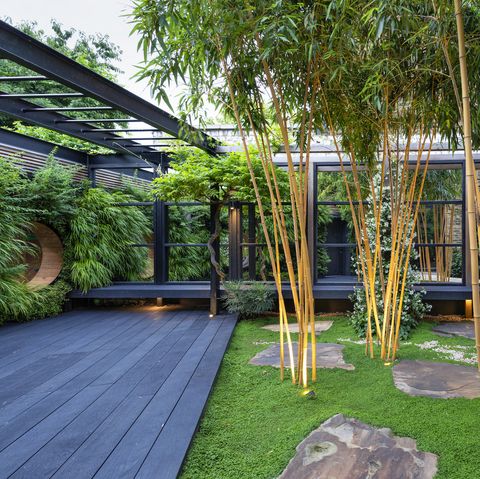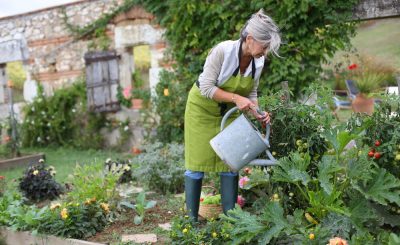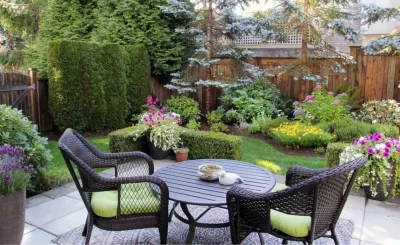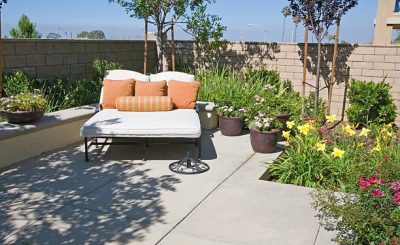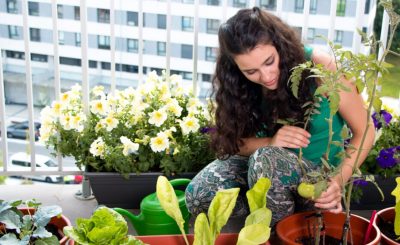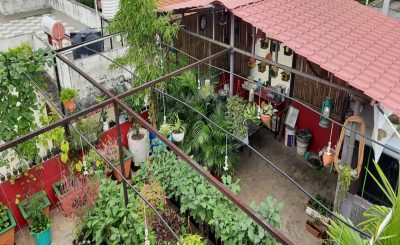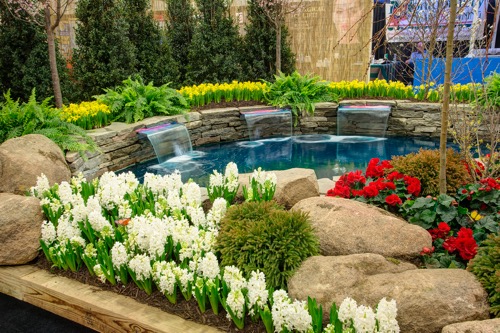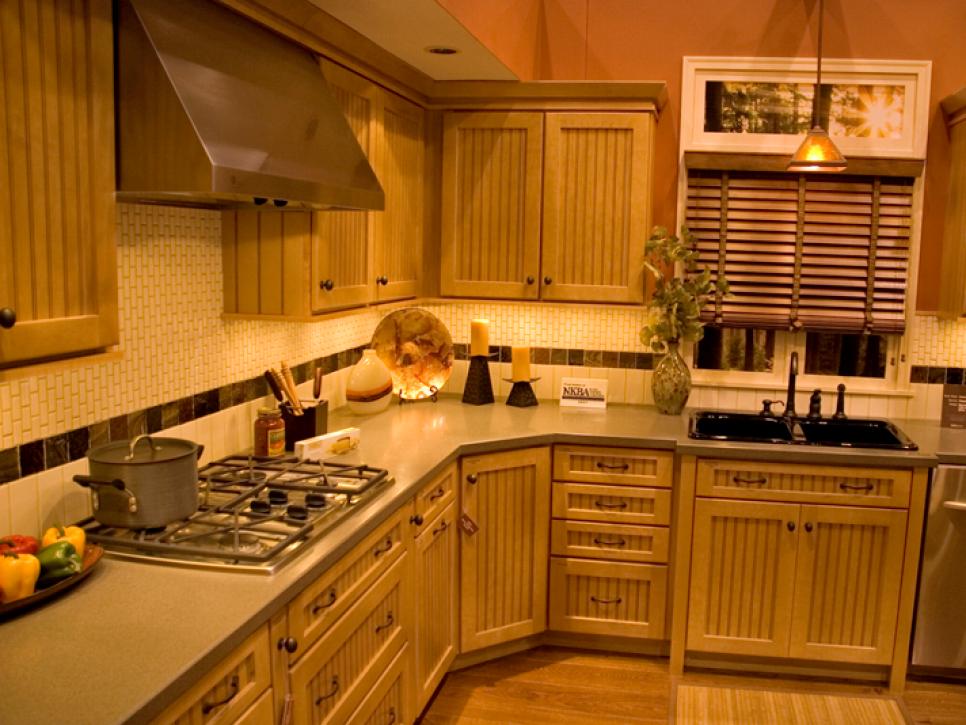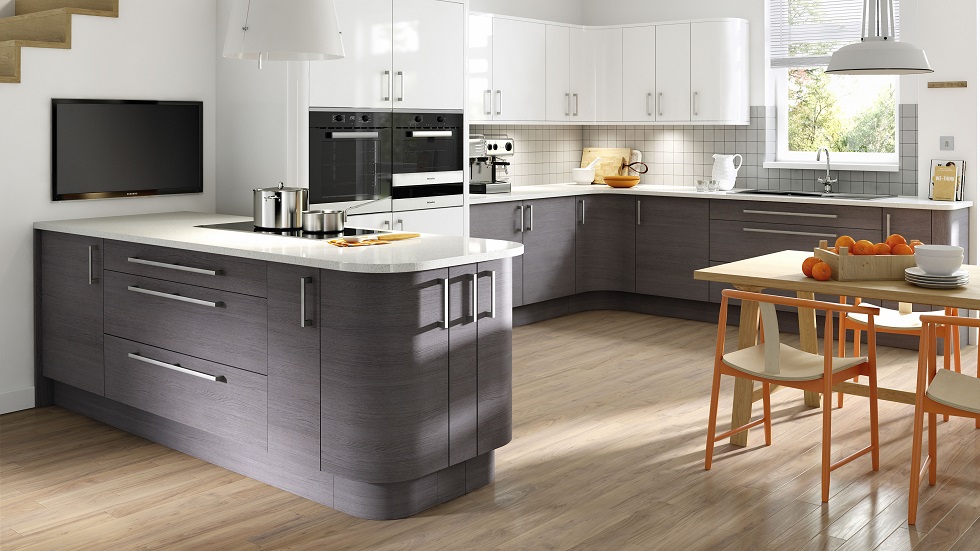A garden is typically a carefully planned area, normally outside, placed aside for the spectacle, cultivation, or relaxation of various types of flora and fauna, as an ideal place for solitary or social interaction. The single most distinguishing feature distinguishing even the wildest most tranquil garden from the most common domestic lawn is structure. Here the entire edifice is designed with purposes of shielding whatever it is that may be within from the effects of weather, time, and predators. Structure in gardening is commonly referred to as being “fixed,” since in the real world there is absolutely no such thing as “free expression.” It is not necessary for a gardener to be a genius or an engineer. He must know how to use a few simple tools and must have a general appreciation of the natural world in which he works.
One of the most popular gardens around is the English garden, popularized by the British during the Industrial Revolution. In the United States, by contrast, the English garden was mostly an open space that included large expanses of grass and dirt perfect for producing the enormous produce that made America the dominant power in the agricultural world. The American garden, by comparison, was little more than a backyards with some shade trees and occasional flowers. American gardeners have tended to change the basic garden arrangement, transforming it from a lawn to a garden with a focus on building a structure, above all producing food.
The first step in establishing a garden that meets your needs is to determine what it is you hope to achieve through your gardening experience. Is it simply to look at and admire? Is it an exercise in contrasts, presenting the contrasts between plants used in contrast to plants used in association with one another? Is it an exercise in irrigation systems, irrigation design, soil types, plant nutrition, water resources, and climate? Your answers to these questions will help define the type of garden you can establish.
In American gardens, the focal point has always been a tree or two. In most European gardens, a larger focal point is a birdbath or a series of built-in birdhouses. In American and European gardens, the focal point generally is a tall and heavily wooded tree, while in Japanese gardens, it is mostly bamboo or a tropical hardwood tree.
In other words, to truly understand your garden design, you must assess what part does the focal point play. For example, in Japanese-style gardens, the entire landscape is built around a single tree, often in a gazebo or with stone carvings around the base of the tree. This is true in American-style landscapes as well, particularly if the garden has a large tree dominating the landscape. Neither of these examples is arbitrary; both have specific symbolic meaning in the Japanese culture.
Within the framework of the overall landscape, the plants are chosen to complement the general color scheme of the area. Plants are chosen that will grow quickly, shade other plants, and add texture and interest to the overall area. Within a Japanese-style garden, trees are used to form an outline of buildings, while in American-style gardens, such as those found in the Central Park, plants are used to accent the pathways and walkways within the garden. The importance of plants within any type of garden can not be underestimated; they not only add color and beauty to the area, but they also help to purify the air around them, which is important for the health of the plants themselves.


